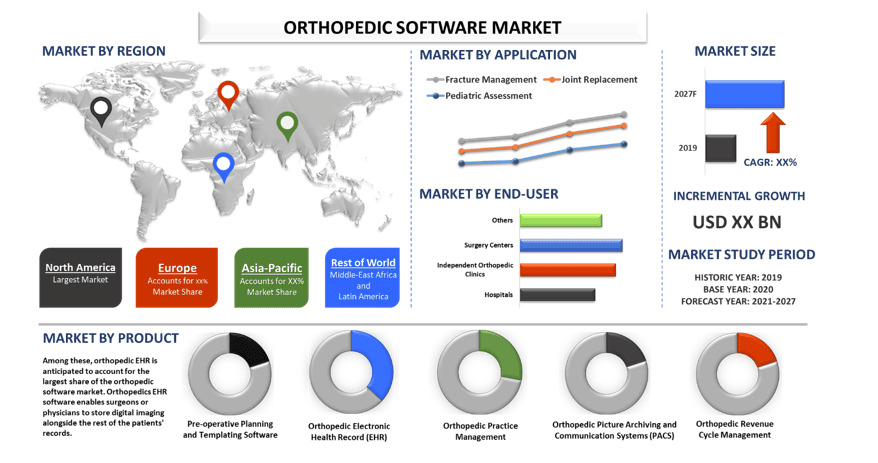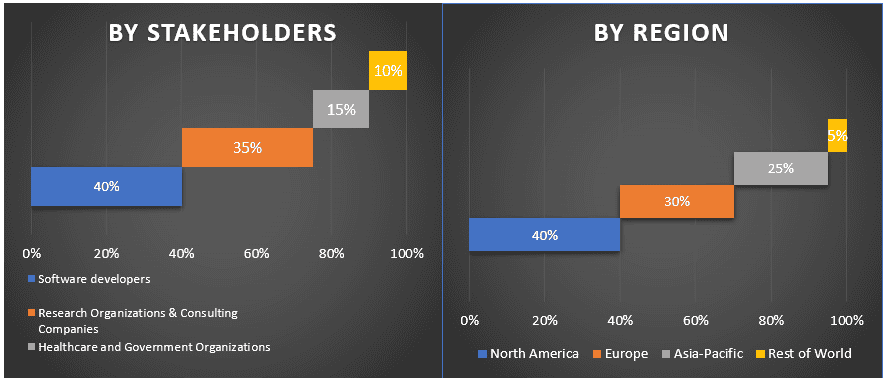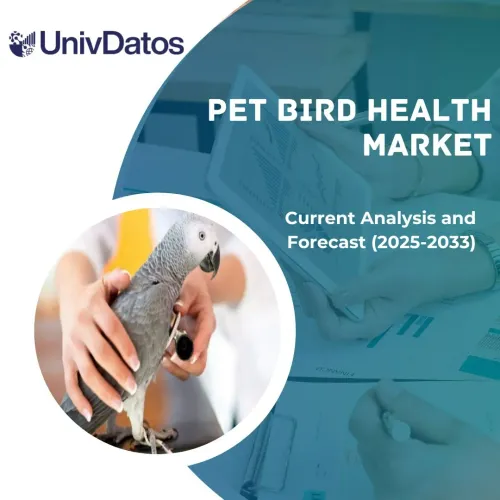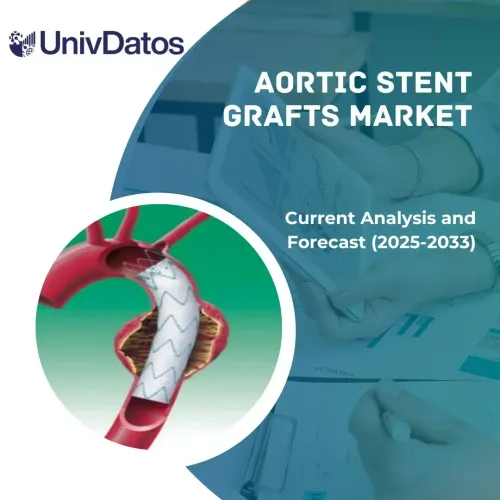- Home
- About Us
- Industry
- Services
- Reading
- Contact Us
Orthopedic Software Market: Current Analysis and Forecast (2021-2027)
By Product (Pre-operative Planning and Templating Software, Orthopedic Electronic Health Record (EHR), Orthopedic Practice Management, Orthopedic Picture Archiving and Communication Systems (PACS), Orthopedic Revenue Cycle Management); By Application (Joint Replacement, Fracture Management, Pediatric Assessment); Mode Of Delivery (Cloud Based, Web Based, On-premise); End-User (Hospitals, Independent orthopedic clinics, Surgery centers, others); Regions and Country

Orthopedic Software Market is anticipated to display a CAGR of around 7% over the forecast period (2021-2027). The Orthopedic Software Market is projected to grow at a CAGR of XX % from 2019 to 2027 to reach USD XX billion by 2027. The increase in the number of orthopedic surgeries, as well as the rising incidences of orthopedic problems such as arthritis and osteoporosis, are expected to drive the market for orthopedic software in the coming years. In addition, the growing geriatric population, as well as an increase in injuries from car accidents and sports-related injuries, are expected to boost the market growth. Moreover, the adoption of minimally invasive surgery in both developing and developed countries is another crucial factor driving the market. Besides, an increase in demand for faster data sharing, particularly the growing number of orthopedic surgeries is proliferating the market growth. Orthopedic software is a viable alternative to the traditional paper-based system. The software technique improves medical treatment proficiency. Furthermore, the rising need to adopt advanced technology along with the growing patient population and development in the healthcare industry is leading to the faster adoption of orthopedic software.
Insights Presented in the Report
“Amongst Product, Orthopedic Electronic Health Record (EHR) segment held significant market share in 2020”
Based on the product, the market bifurcated into pre-operative planning and templating software, orthopedic electronic health records (EHR), orthopedic practice management, orthopedic picture archiving and communication systems (PACS), and orthopedic revenue cycle management. Among these segments, orthopedic EHR are anticipated to account for the largest share of the orthopedic software market. Orthopedics EHR software enables surgeons or physicians to store digital imaging alongside the rest of the patients’ records. Using orthopedic EHR, various steps included in the treatment process, such as surgeries, post-operative follow-ups, and the patient’s current range of motion become easier to document and manage. In addition to this, rising demand for data sharing and a faster treatment process is contributing to the segment growth. The EHR system is intended to assist physicians in developing personalized treatment plans for specific medical conditions by establishing patient education, prescriptions, and referral letters. This software’s multifunctionality encourages its adoption, and it is expected to grow in popularity shortly.
“Amongst Application, Joint Replacement acquires largest market share”
Based on the application, the market is segmented into joint replacement, fracture management, and pediatric assessment. Of these three, joint replacement acquires the largest share of the orthopedic software market. Knee replacements are among the most common and effective surgeries performed worldwide. Osteoarthritis, which causes decreased function and quality of life, is the most common reason for joint replacement surgery. Because of the rising incidence of chronic conditions, which has increased the number of joint surgeries performed and the number of revision surgeries performed, the adoption of orthopedic software is increasing significantly.
Furthermore, fracture management is expected to grow the most during the forecast period. The fracture management planning software allows surgeons to plan each procedure efficiently and avoid potential complications in surgery by providing a large prosthesis template library and intuitive procedure-specific tools.
“North America will Dominate the Market During the Forecast Period”
For a better understanding of the market adoption of orthopedic software, the market is analyzed based on its worldwide presence in the countries such as North America (United States, Canada, and the Rest of North America), Europe (Germany, France, Italy, United Kingdom and Rest of Europe), Asia-Pacific (China, Japan, India, Australia, South Korea, Rest of Asia-Pacific), and Rest of World. In 2020, the North American region held the highest market share in the global Orthopedic Software market. Some of the major players operating in the market are Materialise NV, Brainlab AG, Medstrat, Inc., CureMD Healthcare, Greenway Health, NextGen Healthcare LLC, McKesson Corporation, GE Healthcare, Philips Healthcare, Merge Healthcare Incorporated.
Reasons to buy this report:
- The study includes market sizing and forecasting analysis validated by authenticated key industry experts
- The report presents a quick review of overall industry performance at one glance
- The report covers an in-depth analysis of prominent industry peers with a primary focus on key business financials, product portfolio, expansion strategies, and recent developments
- Detailed examination of drivers, restraints, key trends, and opportunities prevailing in the industry
- The study comprehensively covers the market across different segments
- Deep dive regional level analysis of the industry
Customization Options:
The Orthopedic Software Market can further be customized as per the requirement or any other market segment. Besides this, UMI understands that you may have your own business needs, hence feel free to connect with us to get a report that completely suits your requirements.
Table of Content
Analyzing the historical market, estimation of the current market, and forecasting the future of the orthopedic software market were the three major steps undertaken to create and analyze the demand and sales of orthopedic software across major regions globally. Exhaustive secondary research was conducted to collect the historical market numbers and estimate the current market size. Secondly, to validate these insights, numerous findings and assumptions were taken into consideration. Moreover, exhaustive primary interviews were conducted, with industry experts across the value chain of the industry. Post assumption and validation of market numbers through primary interviews, we employed a bottom-up approach to forecast the complete market size. Thereafter, market breakdown and data triangulation methods were adopted to estimate and analyze the market size of segments and sub-segments the industry pertains to. Detailed methodology is explained below.
Seek More Details About Research Methodology
Analysis of Historical Market Size
Step 1: In-Depth Study of Secondary Sources:
Detailed secondary study was conducted to obtain the historical market size of the orthopedic software through company internal sources such as annual report & financial statements, performance presentations, press releases, etc., and external sources including journals, news & articles, government publications, competitor publications, sector reports, third-party database, and other credible publications.
Step 2: Market Segmentation:
After obtaining the historical market size of the orthopedic software, we conducted a detailed secondary analysis to gather historical market insights and share for different segments & sub-segments for major regions. Major segments included in the report are product, method, application, and end-user. Further regional level analyses were conducted to evaluate the overall demand of Orthopedic Software in a global context.
Step 3: Factor Analysis:
After acquiring the historical market size of different segments and sub-segments, we conducted a detailed factor analysis to estimate the current market size. Further, we conducted factor analysis using dependent and independent variables such as growing demand for Orthopedic Software products like the rising geriatric population. Historical trends and their year-on-year impact on the market size and share were analyzed. Demand and the supply-side scenario were also thoroughly studied.
Current Market Size Estimate & Forecast
Current Market Sizing: Based on actionable insights from the above 3 steps, we arrived at the current market size, key players in the market, and market shares of the segments and company. All the required percentage split and market breakdowns were determined using the above-mentioned secondary approach and were verified through primary interviews.
Estimation & Forecasting: For market estimation and forecast, weights were assigned to different factors including drivers & trends, restraints, and opportunities available for the stakeholders. After analyzing these factors, relevant forecasting techniques i.e., the bottom-up approach were applied to arrive at the market forecast to 2027 for different segments and sub-segments across the major regions globally. The research methodology adopted to estimate the market size encompasses:
- The industry’s market size, in terms of value (US$) and the demand for Orthopedic Software across the major regions globally
- All percentage shares, splits, and breakdowns of market segments and sub-segments
- Key players in the orthopedic software market in terms of products offered. Also, the growth strategies adopted by these players to compete in the fast-growing market.
Market Size and Share Validation
Primary Research: In-depth interviews were conducted with the Key Opinion Leaders (KOLs) including Top Level Executives (CXO/VPs, Sales Head, Marketing Head, Operational Head, Regional Head, Country Head, etc.) across major countries. Primary research findings were then summarized, and statistical analysis was performed to prove the stated hypothesis. Inputs from primary research were consolidated with secondary findings, hence turning information into actionable insights.
Split of Primary Participants in Different Regions

Market Engineering
The data triangulation technique was employed to complete the overall market estimation and to arrive at precise statistical numbers for each segment and sub-segment of the Orthopedic Software market. Data was split into several segments & sub-segments post studying various parameters and trends in the areas of product, type, color, and regions.
The main objective of the Orthopedic Software Market Study
The current & future market trends of the Orthopedic Software Market are pinpointed in the study. Investors can gain strategic insights to base their discretion for investments on the qualitative and quantitative analysis performed in the study. Current and future market trends would determine the overall attractiveness of the market at a regional level, providing a platform for the industrial participant to exploit the untapped market to benefit as a first-mover advantage. Other quantitative goals of the studies include:
- Analyze the current and forecast market size of Orthopedic Software in terms of value (USD). Also, analyze the current and forecast market size of different segments and sub-segments of the industry
- Segments in the study include product, application, mode of delivery, end-user, and regions
- Defined analysis of the regulatory framework for the Orthopedic Software industry
- Analyze the value chain involved with the presence of various intermediaries, along with analyzing customer and competitor behaviors about the industry
- Analyze the current and forecast market size of the Orthopedic Software across the globe. Major regions analyzed in the report include North America (US, Canada, Rest of North America); Europe (Germany, UK, France, Italy, Rest of Europe); Asia-Pacific (China, Japan, India, Australia, South Korea, Rest of Asia-Pacific); and Rest of World. Define and analyze the competitive landscape of the Orthopedic Software sector and the growth strategies adopted by the market players to sustain in the fast-growing market
Deep dive regional level analysis of the industry
Related Reports
Customers who bought this item also bought










